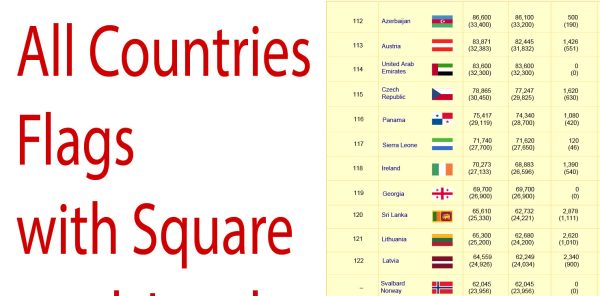The flag of the Netherlands, also known as the “Prince’s Flag” or “Tricolor,” has a rich history dating back to the 16th century. Here is an overview of its historical development:
- Burgundian and Habsburg Rule (15th-16th centuries):
- In the late medieval period, the territories that make up modern-day Netherlands were part of the Burgundian and later the Habsburg domains.
- During this time, the region did not have a distinct national flag. Various local lords and regions had their own banners and emblems.
- Eighty Years’ War (1568-1648):
- The modern history of the Dutch flag is closely tied to the Eighty Years’ War (also known as the Dutch War of Independence) against Spanish rule. The conflict began in 1568 when the Dutch provinces rebelled against the Habsburg monarchy.
- The Prince of Orange, William of Orange (William the Silent), played a crucial role in the revolt. The colors orange, white, and blue were associated with his House of Nassau.
- The Emergence of the Tricolor (17th century):
- Over time, the orange, white, and blue tricolor emerged as a symbol of Dutch resistance and independence.
- The exact reason for the choice of these colors is not entirely clear, but they are often associated with the House of Nassau. Some sources suggest that orange was initially the primary color, but due to the instability of the orange dye, it was gradually replaced by red.
- Flag Standardization (17th-18th centuries):
- By the end of the 17th century, the red, white, and blue tricolor had become well-established as the flag of the Dutch Republic.
- The exact shades of these colors were not standardized, leading to variations in the appearance of the flag.
- Napoleonic Era and Kingdom of the Netherlands (19th century):
- During the Napoleonic era, the Netherlands was incorporated into the French Empire. The orange stripe was briefly reintroduced into the flag to honor the House of Orange-Nassau.
- After Napoleon’s defeat, the United Kingdom of the Netherlands was established in 1815, and the red-white-blue tricolor became the official flag again.
- Belgium’s Independence (1830):
- The current design of the Dutch flag was solidified when Belgium gained independence from the Netherlands in 1830. The northern provinces retained the red-white-blue tricolor, while the southern provinces (Belgium) adopted a vertical tricolor of black, yellow, and red.
- Modern Period (20th century-present):
- The red-white-blue horizontal tricolor has remained the national flag of the Netherlands. It is a symbol of Dutch identity and is seen on government buildings, during national events, and is displayed by citizens across the country.
Today, the Dutch flag consists of three horizontal stripes of equal width, with red at the top, white in the middle, and blue at the bottom.


 Author: Kirill Shrayber, Ph.D.
Author: Kirill Shrayber, Ph.D.